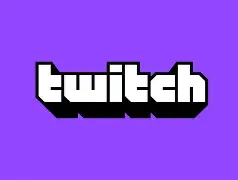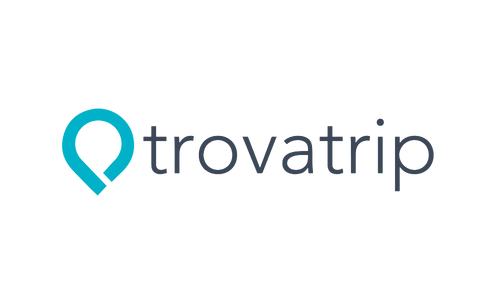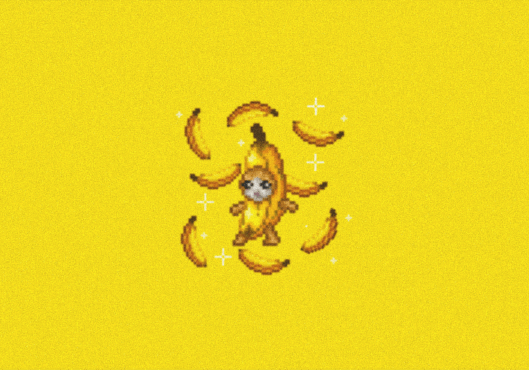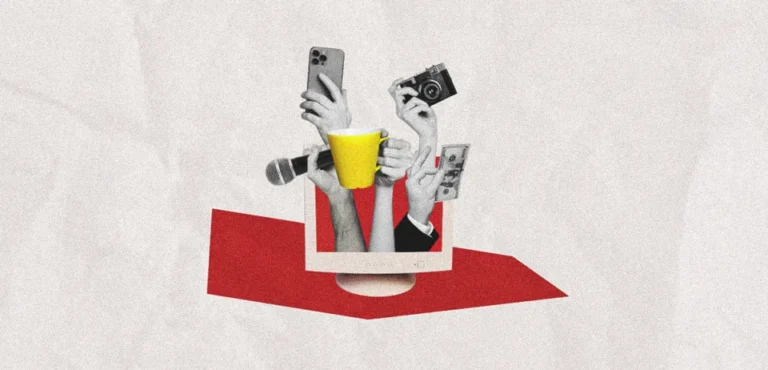
The New Middle Class of Creators: Not Viral, Not Small, but Profitable
When people consider “creators,” they often think of extremes: either mega-influencers raking in millions of sponsorships, or hopeful aspirants publishing videos into the void.
There is a new class of creators: the middle class. This new cadre of creators is quietly shifting the industry between two extremes.
These are not the 20 million TikTok followers’ viral sensation, or a few hundred subscribers, small “hobbyists.” They are large enough to monetize their influence, small enough to ethically create and maintain authenticity, and smart enough to convert their creativity into a living.
The twist? The creator middle class might actually be one of the most sustainable businesses in the creator economy.
Forget fame—Think sustainability
For a long time, the assumption was simple: creators had to “blow up,” to “get big,” to “make it.”
The bigger the audience, the bigger the paycheck. Through the efforts of platforms and brands, it has become clear that fame does not equal fortune. The middle-class creator is thriving by having a simple focus: they focus on niches.
They’re not vying for attention in the same way at the top 1% of tier creators. They are taking various niches and creating more defined communities—such as vegan cooking, financial literacy, cozy gaming, travel hacking, and DIY fashion—which builds a strong sense of community among a smaller group, fostering a major sense of loyalty. With that loyalty, the conversion is more actionable. A mid-level fashion creator may have 60k followers on Instagram, and when they post about an “affordable” sustainable shoe brand, you can be sure 100 people will click “buy.”
Compare this to a mega influencer, for which the engagement truly looks beautiful but has less action conversion. We will explain why we are confident in what we have written.
The statistics behind the middle class
The creator economy has surpassed the point of being top-heavy—it’s now expanding in the middle. Data shows that mid-tier creators are building a consistent, scalable income without resorting to viral fame for exposure. Here’s why this calculation works:
1. 100 accurate fans model (revamped): Kevin Kelly’s classic theory “1,000 true fans” is ancient history. The reality is, if you have 10,000 to 50,000 highly engaged fans, today’s creators can already sustain a business model. Subscription models, digital products, affiliate links, and brand deals all perform well in that range.
2. Revenue across streams: Mid-tier creators are not just relying on brand sponsorships. They have multiple income streams, including Patreon memberships, workshops, digital downloads, online courses, live events, and merchandise. This means they are less susceptible to relying on a single income stream.
3. More negotiation power: Brands are figuring out that spending $50,000 for one post from a mega-influencer may not return the positive ROI they were looking for. Instead, they might spread that same budget over 10 mid-tier creators, who may achieve higher engagement and more conversions with a targeted audience than the mega-influencer.
This middle class isn’t seeking virality. Instead, they are building profitable and predictable businesses.
Why the middle class is winning brands
Brands have become cautious of vanity metrics such as “10 million views” if the viewer scrolled right past the content.
The middle class, on the other hand, is better at depth than breadth. Their followers view them as trusted friends, not scattershot influencers. A fitness creator with 80,000 loyal followers who trust their workouts is worth gold for a protein shake brand. Or a book reviewer with 30,000 followers on TikTok may sell more copies of a first-time author than a mega-influencer with 2 million followers simply because the single person has clout.
This is the recalibrated view of advertisers, rather than chasing the “halo effect” of re-advertisers’ recalibrated view. Rather than chasing the “halo effect” of recruiting celebrity creators, the focus of the budget in advertising and content is shifting back to the productive and relatable middle class.
Community as a form of currency
When it comes to defining this new middle class, the one word is community. They are not trying to broadcast to the whole internet; they are curating a space where their audience will feel seen and inviting them into a shared experience. There are many examples:
Twitch/Discord midtier streamers—most of the cozy-gaming/community-driven monetization is extremely present in the US (both Twitch and Discord are US-centric platforms).
Justine Doiron (@justine_snacks) is a food creator based in New York, primarily catering to an American audience. The way her Sicily food/travel tour was marketed to her American followers and then later got coverage by Eater (a US publication) is particularly relevant.
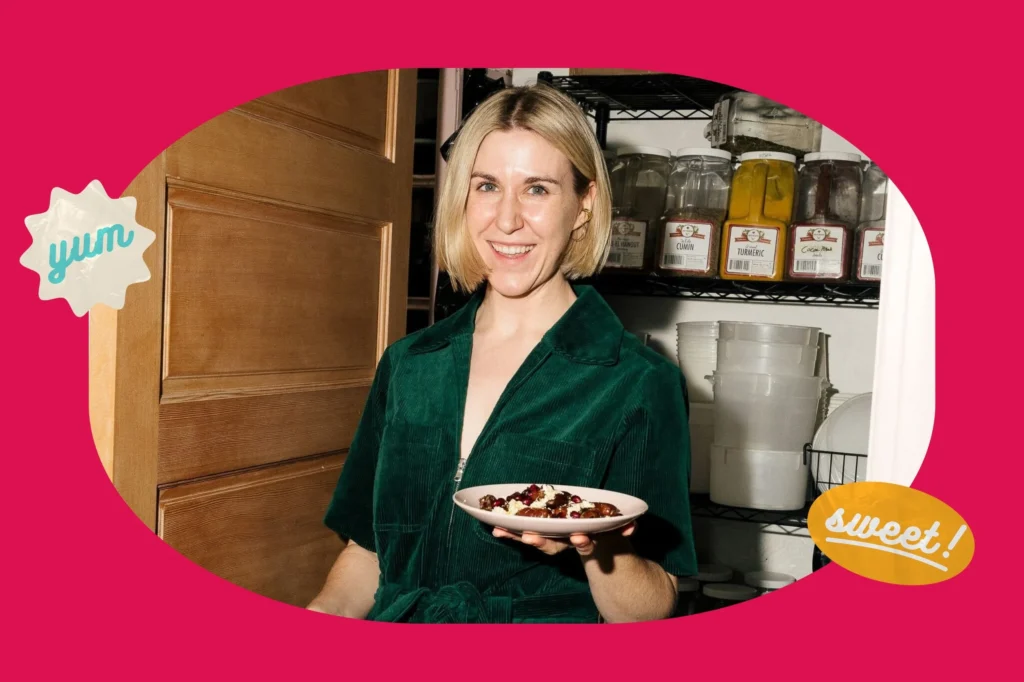
One of the most freeing truths about the creator economy is this: you do not need millions to “make it.”
TrovaTrip, a Portland-based travel company, connects creators—many of them U.S.-based—with opportunities to host fan trips around the world. Its influencer partnerships, such as those with creators like Tuệ Nguyễn, are largely U.S.-facing, designed to help American audiences travel alongside the personalities they follow and trust online.
What these creators understand is that engagement isn’t a measurement. It is a relationship. And relationships are a means to long-term profitability.
The myth of “making it big”
The middle class is a prime example of this transition. They may not be recognizable, but they have successfully built their own independent businesses.
They own their time, their platforms, and creative direction. Many are even making more money than their salaried counterparts —all without needing to be internet famous. This is a mindset switch for aspiring creators, too. Rather than striving for a huge follower count and all the validation that comes with that, many are instead aiming to build a loyal 1-2% that support their work.
This is more valuable than 1 million likes from total strangers.
Challenges for the creator middle class
Of course, it is not all that easy. The middle-class creator has their own challenges:
- Dependency on platforms: Algorithms still control visibility, and creators run the risk of sudden drops in reach.
- Burnout: Operating a business at this level means multitasking with a creator, marketer, community manager, or an accountant.
- Industry saturation: With an increasing number of people entering the creator economy, niches can become saturated rapidly.
But this also challenges this class to innovate and try more owned platforms and newsletters, podcasts, or community-driven apps in order to reduce dependency on social media.
The ascension of the “professional amateur”
One of the most intriguing aspects of the creator middle class is how normal they appear. These are not polished celebrities with an ideal production team—they’re professional amateurs.
They film in their home studios, share unedited footage, and embrace authenticity in being unpolished. Ironically, it’s their unpolished state that provides the strength—one reason that audiences trust them.
When a cooking creator shares their first failed attempt at a recipe or a gamer’s reactive laughter while gaming is thrown a major glitch, that experience is relatable, and relatability is where trust—and buying—happens.
Platforms cracking open: Why the middle-class creator is important
You no longer have to be a viral star for platforms to be built around you. Platforms are building eco-systems for the middle class of creators (those with a certain-sized, active community that is not a celebrity following). YouTube has expanded monetization tools, TikTok is testing revenue-sharing plans, and platforms like Patreon, Substack, and Kajabi offer a platform to fuel long-term connections into an income stream.
This recognition means something much larger: there is a difference in value between creators that reach extremes versus the value in the creator economy for the population of the middle (meaning not just ‘viral’ or ‘major’ creators – but creating more access to the average, accessible but not-yet celebrity status). This grouping matters – it reflects sustainability, proving that creative work can be more than a lottery ticket. They create opportunity, and you don’t have to be viral to make a living doing what you love. They also balance authenticity with influence: enough reach to matter, small enough to inspire connection.
In other words, both platforms and audiences alike are affirmatively defining new kinds and new meanings of success, not necessarily about being the biggest, but being sustainable, profitable, and connected.
Looking ahead: A quiet revolution
As the creator economy develops, the middle class will likely continue to prosper. Brands will value them, platforms will innovate for them, and audiences will continue to cultivate them.
It is a quiet revolution. No viral dances, no overnight stardom—just consistent, profitable creativity.
So, the next time you hear someone declare they want to be “the next big thing online,” remind them: big does not always mean better. Often, the sweet spot is somewhere in and around the middle—profitable, sustainable, and deeply connected.
Cut to the chase
The new middle class of creators has a new idea of success. They need not be everywhere, just somewhere that counts. They are not viral, not small, but they are profitable—and in many ways, that is the most avant-garde thing of all.
